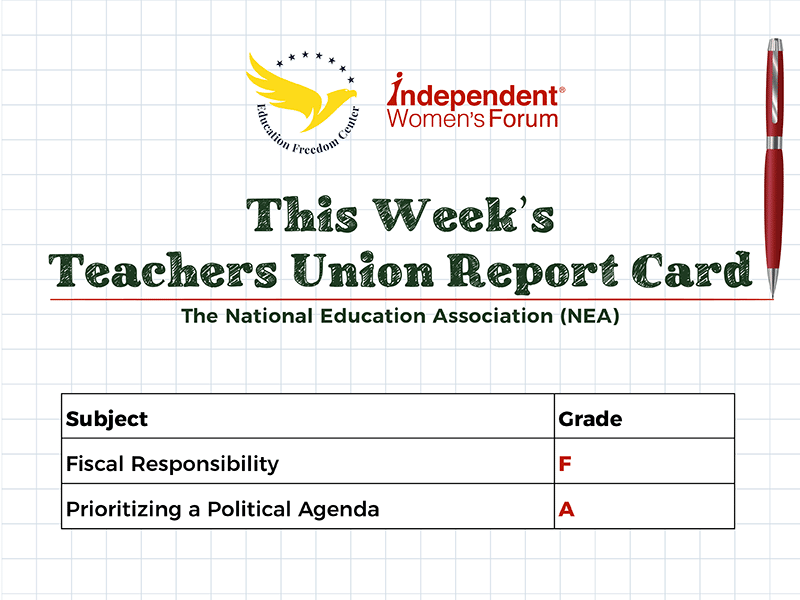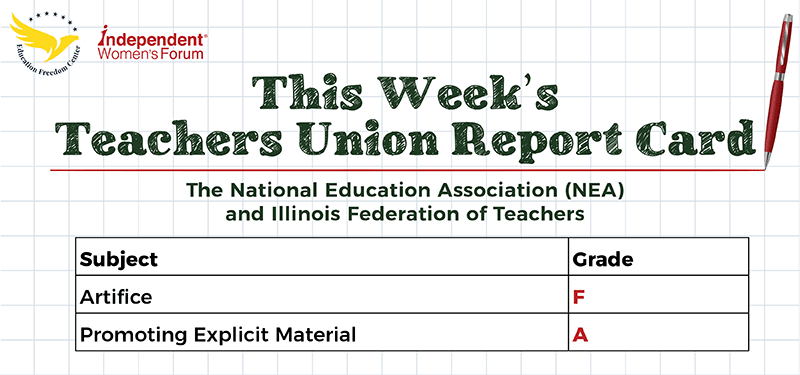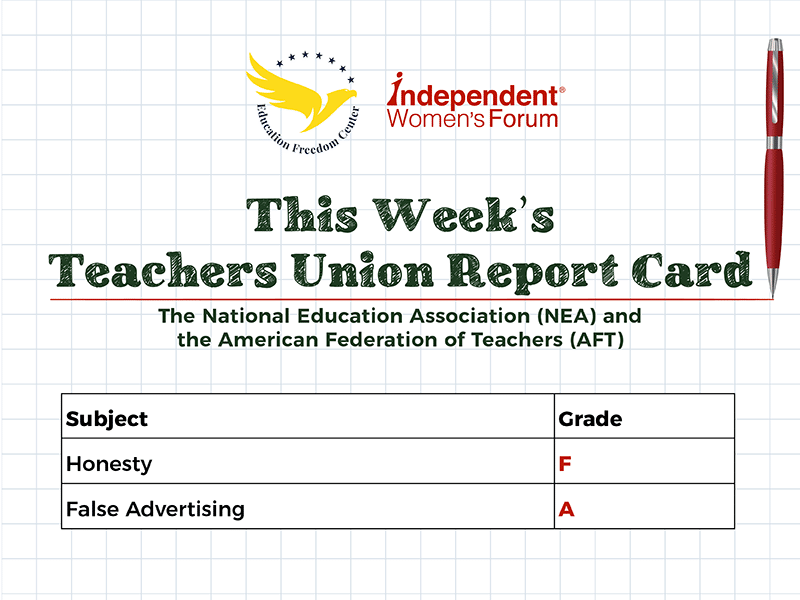The Texas Senate recently passed a bill to establish Education Savings Accounts (ESAs) for eligible students. Unfortunately, many state leg...
Tag: education
The Teachers Union Report Card is In
Our Most Vulnerable Need Education Freedom. What’s Standing In Their Way?
Education Savings Accounts (ESAs) lift all boats, particularly those holding our most vulnerable students.
Thankfully, Texas still has the opportunity to enact critical ESA legislation. The state legislature convened on October 9th for a special session to consider legislation that would establish an ESA program for eligible students. One ESA proposal, Senate Bill 1, has already passed the upper chamber. It is nearly identical to Senate Bill 8, which Texas senators advanced in April during the regular session but died in the House. House Bill 1, which was introduced this week, includes an ESA proposal as well as significant increases to the K-12 public education system’s budget.
Under the bill, qualifying families would receive taxpayer funding annually to use for eligible education-related expenses such as tutoring, tuition, and therapies. Giving parents the ability to access these funds directly, and the freedom to select the best education for their children, would be transformative.
I’ve spoken to countless parents of students with special needs who say private- or home-schooling are the only viable options for their children. Many do not trust their government-assigned school and have serious doubts that it can accommodate the needs of their child. Indeed, it’s no secret that public schools in Texas have repeatedly failed this population. With this in mind, many households have made great financial sacrifices in order to provide non-public schooling and/or therapies for their children.
Heartbreakingly, though, many households simply do not have the means to make these sacrifices. Instead, the students remain trapped in the public education system, even if they encounter delays in receiving proper evaluation or difficulty accessing much-needed services. Sadly, all parents can do is stand by and watch their children suffer.
Texas should follow Arizona’s example, which has set the standard for education freedom, so that these parents do not feel helpless any longer. Sharon Canaday in Arizona knew a traditional educational setting wasn’t a good fit for her daughter who has trauma-related behavioral issues and autism. Thankfully, she found the perfect fit, a one-on-one homeschooling program through Enlightium Academy. Had it not been for ESA funding, however, their family would not have been able to afford this option. While finding the best education fit for a child can be a real struggle, as Sharon puts it, an “ESA takes down a lot of those barriers and makes educational choice available to people [whom] it wouldn’t be available to otherwise.”
In the case of special-needs children, there is no one-size-fits-all method to meet their needs as these students require varying types of therapy, programs, and classroom arrangements. In other words, “no two children have the exact same needs, and a standardized education often pushes aside those who don’t fit the mold, or crushes their spirits until they do fit the mold,” says Elizabeth Wright, whose son has speech and developmental disabilities. Thanks to Arizona’s ESA program, he improved significantly after getting the speech therapy he needed.
While special needs students and other vulnerable groups must be prioritized for ESA program eligibility, all students stand to benefit from ESAs. They, too, deserve access to the best education possible. This is why Arizona recently became the first state to make its ESA program universally available to all children.
It’s understandable that politicians fear the electoral repercussions of taking a stand for education freedom given the staggering power of teachers unions, but Texas lawmakers need to recognize that 74% of Texas parents with school-aged children support the implementation of ESA programs.
Providing the opportunity to access the highest-level education possible to students, particularly our most vulnerable, will change lives and improve our communities for the better. Not only does more freedom in education bring about improved academic achievement for students, including for those who opt to stay in public schools, but evidence shows that more choice also leads to higher levels of civic altruism, greater tolerance for those from different backgrounds, and lower levels of crime.
For all these reasons, it’s high time that Texas joins the ranks of the 15 states that have enacted ESA programs and bring education freedom to our students.
The Teachers Union Report Card is In
Schools Won’t Admit a Big Driver in Absenteeism
This article first appeared in the Washington Post.
Listening to researchers discuss the reason for chronic absenteeism in our schools is like watching cigarette companies weigh in on the causes of lung cancer in the 1950s. Both institutions are laughably incapable of blaming themselves.
The Oct. 13 news article “Absenteeism plagues two-thirds of schools” considered many factors of absenteeism except the most obvious one that virtually all parents of school-age children know to be true. When schools closed their doors to in-person learning under misguided and self-aggrandizing advice from Randi Weingarten, the leader of the American Federation of Teachers, and other teachers-union activists, they signaled to children and parents that school attendance is not necessary. Not acknowledging that school closures were a mistake only worsens the problem. Teachers unions can’t have it both ways. Chronic absenteeism is not a concern only when public funding becomes contingent on test scores and attendance.
Similarly, in Fairfax County, a “restorative justice” district in which suspensions raise concerns of a “school to prison pipeline,” my sons were suspended for 15 consecutive days for refusing to wear their masks after Republican Gov. Glenn Youngkin’s Executive Order 2 was implemented. Now, the schools display signs about missing more than nine days being a threat to literacy and academic achievement.
School district administrators and researchers lose their credibility when they raise alarms and acknowledge truths only when they are politically and financially expedient.
Stephanie Lundquist-Arora, Springfield






